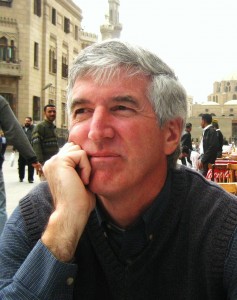 When did you first become interested in the law?
When did you first become interested in the law?
In college. I became active in areas related to public policy and I began to appreciate the key foundational role of the law.
Where did you go to college and what did you study there?
I went to the University of Pennsylvania, in Philadelphia. I started out as a math major, but eventually moved toward social issues, specifically urban studies. At Penn, that demanded I apply for an individualized major. There were initially about 20 of us who shared that interest, and we organized ourselves. Before I left Penn, we had helped build an entirely new academic department, with a few hundred urban studies majors. Then I went to the University of Michigan in Ann Arbor for law school.
Tell us about your work experience.
I first returned to the Jersey Shore where I grew up and joined a law firm there. As the new lawyer in a 12 person firm, I got to do everything (including what others didn’t want to do.) I was in court the day after I was sworn in. Among my later clients were a big rock and roll concert promoter and a member of Springsteen’s E Street Band. Daily litigation wore me down, and I looked to specialize in an area that was both growing and constructive. That got me into a Chicago telecommunications company that was remaking itself. It was probably my best job. After only a year or two, the company sent me to Washington to do its FCC work and to run its D.C. office. Barely two months after I arrived, the DOJ announced the break-up of AT&T. Five decades of communications law became almost instantly obsolete. I was only 29, and that was my big career break. It was exciting and fun.
What are you working on now and how does the LII play a role in that?
I am now a solo. I still love telecommunications, but that has expanded to include wireless, Internet and cable television. I do more transactional work than administrative law work. Because of my broad experience, I am unafraid to mix and match ideas to get things done. I don’t mind inserting the term “zombie attacks” into a force majeure clause so a client can complete a data center deal with a bunch of kids who run an Internet startup. Good or bad, LII facilitates that kind of thinking. Because I was involved in proceedings that led to much of today’s communications law, I usually have a sense of what I need to find before I even start looking. LII provides a handy way for me to “beam into” a group of statutes, regulations or cases, and to find what I need quickly. As I have gotten to know the LII people, I get the sense that many others use LII the same way that I do. It is efficient and cost-effective.
What parts of LII do you use the most?
I usually go right to the US Code and CFR. LII’s Supreme Court materials are well done and as a result are very seductive to my curious mind. I often need to look for “building block” law as I develop positions for filings, so I sometimes use LII to access treatise materials, and to dig into definitions. Also, I never ever thought I would be researching the UCC as much as I do… and liking it. What a useful set of materials.
Are there features of the LII site that are superior to other resources?
To me, LII is a special kind of resource. It probably isn’t cost effective for LII to replicate the giant data bases of the book publishers, who have a lot more dollars. I don’t often need those giant data bases. It is far more cost effective for me to use LII for focused research, to pull statutes and regulations in areas where I already have a feel for the flow of the law, and to dig on a single topic until I am confident that my answer is the right one. I can take my time without worrying about the bill.
Why is important to you to financially support the LII?
I give to LII as a matter of principle. It isn’t necessarily that much money, but I do give fairly consistently. I believe strongly that access to the law should be free, so I try to promote that in my own small way. The law is now far too complicated for the average person, and government’s reach gets longer every day. I accept that the government in today’s world needs to address more and more details of everyday life, such as in food, drugs, air and water quality, and even spectrum use. When I was in DC, I watched the first debates that took place about citizen access to the law. At the time, a number of publishers wanted to put into place a structure where they would control all public access to the laws. They wanted to control the gateways – and to be the only gateways. It was clear to me that a “pay turnstile” arrangement like that would fundamentally disadvantage the average citizen, and discourage even the diligent researcher. I believe that every person should have a realistic opportunity to investigate and understand our laws themselves. So that is why I give. LII is one of the best options for achieving that.
What would you say to an LII user to convince them to become a financial supporter?
It is important here is to understand the inexorable value of expanding scale, and the comparatively low price to do that in this situation. Awareness, access and use build on one another. More use of LII by more people will be inherently beneficial to society. We don’t need to care about where that use is directed. No matter how use is distributed across the LII collections, it will still have value. I don’t know the relationship between a new dollar and a new user. But I believe there is one and it is positive. I feel that over time, the number of LII users can become meaningfully larger, and this will inherently add to our collective understanding of the law.
In your view, why is it important to make the law available and accessible to all without cost?
The law should not be hidden or kept secret. Period. That can happen gradually, without any specific intent, just by maintaining barriers to access. Allowing our laws to become effectively secret poses a huge threat to the essential values of this country. Even a basic awareness of what the law says can empower people — it provides more certainty, and allows an individual to move forward on whatever it is that motivates him or her. The fear and risk of doing something wrong, without even knowing it, is a lot more prevalent in America than it used to be. How do you fight that? You do it with access to the law, with plain language and with statutory simplification. The benefits far outweigh the risks.
My career and interests have been anything but typical. I never worked for the government, for a big law firm or for a telecom giant. I practice law now as much for love as money. I am better at recognizing things that are unique and underappreciated. To me, LII is both. It deserves to be a core part of the fabric of legal research.
Can you give us some insight into the ABC v. Aereo case currently before the Supreme Court?
I am not involved in this case, but have followed it a bit through the courts. This case exemplifies why communications is a great field, and why historical knowledge and perspective is still so important as the field evolves with new technologies. To me, the Aereo case is a set of FCC questions dressed in a copyright law costume. I tend to favor the Aereo position, but would be a little surprised if it prevailed. Some background might help:
–Once upon a time, there was only an analog television broadcasting world. In that analog world, local television broadcasters had markets that were established by the power and reach of their analog antennas. The most significant territorial boundary for them was called the Grade B contour, usually an uneven perimeter path encircling their broadcast area that took into account topography and other factors. That line defined the hypothetical limit of a good quality over the air local TV signal. The definition of the Grade B contour was a product of expert engineering analysis.
–Since the emergence of the cable television business, broadcasters and cable interests have always fought over payments for video content. After years of warfare, the FCC decided that broadcasters were entitled to mandatory carriage (“must carry”) within that Grade B contour line, but at the same time, it had to be free. Local broadcasters could not charge cable operators for retransmission of their signals within that line.
–Why? Because any homeowner could just put up an antenna and get the local station off the air for free anyway. In other words, the local broadcasters were just getting access via cable television to the same eyes that previously watched their programming with an antenna. The FCC concluded that a local broadcaster had lost nothing in the process. Making someone pay for a local signal that previously was free just because it came through a cable company went beyond the carriage bargain. The copyright issues were there, but they did not override the FCC’s competitive solution, and the strong Federal policy in favor of “localism”.
–The landscape has changed tremendously since that time. The assurance of free “must carry” on cable systems is now routinely passed over by local broadcasters in favor of paid “retransmission consent”. It has become very lucrative for the broadcasters. (And justifiably so. To be sure, the largest block of video content watched by Americans remains the content offered by local television broadcast stations.) Nevertheless, the right of a homeowner to just put up an antenna and to capture local broadcast television content for free remains as alive and well as ever.
–That remains the case even in a digital world, where the Grade B contour has been replaced by a line defining the transmission limits of a digital signal instead. The new line now defines whether your antenna can get you a great high definition digital signal. Unlike the Grade B contour, however, where a signal gradually lost its quality, digital signal quality falls off of a cliff beyond its line. Local broadcasters, then, don’t have to worry very much about antennas outside their digital footprint.
–If I used a small firm, say Bob’s Ithaca Antenna Service, to install and maintain a digital antenna for me, there would likely be no issue about the legitimacy of either Bob’s business model or my right to get that local television signal for free. No one would be claiming a copyright infringement or an obligation to pay. My use of Bob doesn’t seem to affect the fact that my viewing is “private” from a copyright standpoint.
–But now it is Aereo that is out there, as a “new” and much larger Bob’s Ithaca Antenna Service, and who is using the Internet to send me my signal, rather than running it down a wire on the side of my home. Aereo is in effect offering to do Bob’s antenna installation and maintenance work for thousands upon thousands of people (rather than a few neighborhood tightwads), using digital technology and the Internet. (Frankly, the Internet transport portion of this arrangement doesn’t seem too important to me.)
–Even though the Aereo antennas still only collect and forward local broadcast signals, this new type of antenna business has started to worry the broadcasters. Aereo is scalable and is easily replicable by others, and as a result, could cost the local broadcasters real money over time. So their response in this case has been to claim that individual viewing under the Aereo model can no longer be deemed to involve a “private” performance.
–It seems to me that the local broadcasters had always been willing to tolerate the royalty leakage from a few thousand individual rooftop antennas. However, now that it is possible to have a giant array of dedicated mini-antennas in one place serving hundreds of thousands of local broadcast customers, it seems some kind of line has been crossed. Broadcasters see that every one of these local viewers could potentially avoid triggering any requirement that the local broadcaster be compensated for its content, and could do so legally.
–This giant array of dedicated mini-antennas may very well be found still to fit the traditional exception for the homeowner’s antenna, if each such mini-antenna is dedicated to a single local broadcast television viewer, as Aereo claims. And if that is so, Aereo has a pretty good legal position based on past industry practices. Each individual viewing could still qualify as a private performance.
–However, this is not an FCC case, and this is not an issue of the business relationship between a broadcaster and a cable operator. It is cast solely as a copyright case, with little attention paid to the past operation of the relevant markets in very similar circumstances.
–The broadcasters and content owners seem to have been very successful in controlling the description of the issue before the Supreme Court, as one simply seeking the right to compensation for the retransmission of their copyrighted content. And that alone might just win the case for them. But there is so much more going on under the surface. That form of question seems to lead reflexively toward an answer in favor of compensation. One would have to redefine the question a bit to come out with a result that favors Aereo. (For example, Aereo could have sought to have the Court instead review whether the private nature of a local broadcast continues to be royalty free when a third party provides the dedicated antenna structure for the viewer. See the difference? That seems to provide much better legal positioning for Aereo.)
–Only the broadcasters’ trade association and a few other intervenors spent any time trying to educate the Supreme Court about the competitive and regulatory regime that led to this case. None of them really helped to describe the actual situation on the ground.
Don’t think of Aereo as the video equivalent of Napster. It isn’t. But it is likely that the Aereo service was intentionally designed to tiptoe along the edges of what is permitted by current law. The Aereo design was probably impossible only a few years ago, but it is the march of new technology that made it cost-effective now. Only the Court can say whether Aereo stayed on the right side of the legal line. The oral argument before the Court confirmed that the case is not an easy one. My brain tells me that Aereo really should win, but my gut tells me it likely will not. Whether Aereo wins or loses, however, there will be lots of ripple effects. That might even include a change in your right to put up your own digital antenna and to watch your local television broadcast station for free.




 When did you first become interested in the law?
When did you first become interested in the law?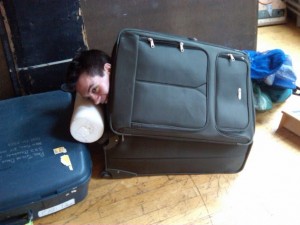
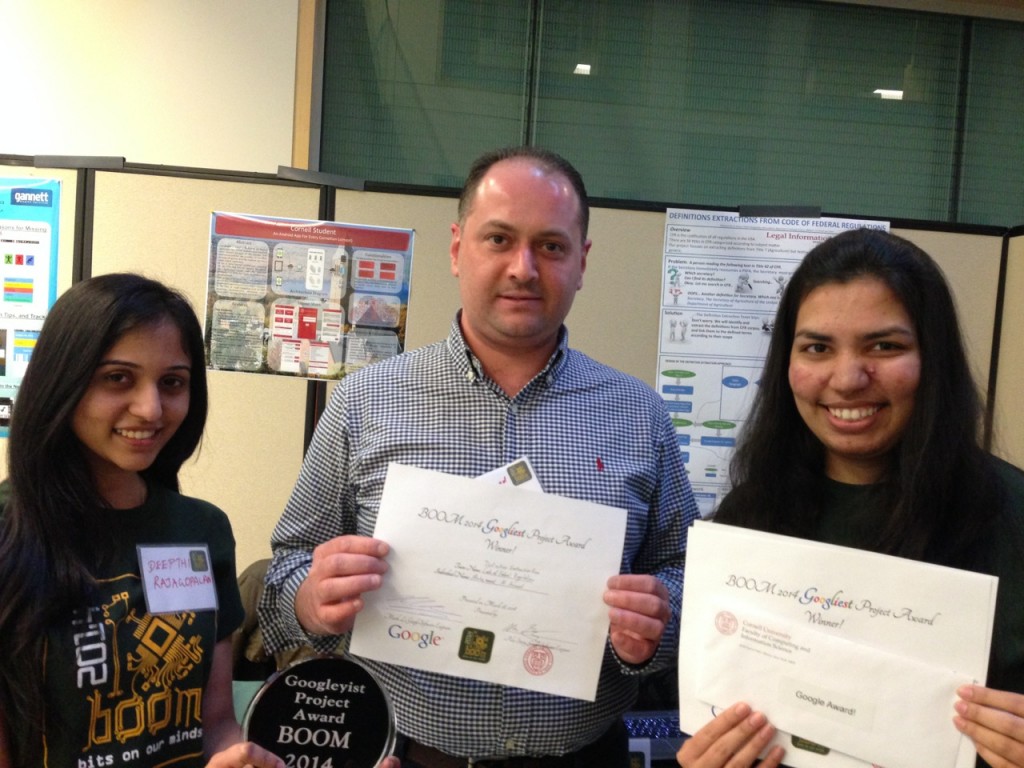

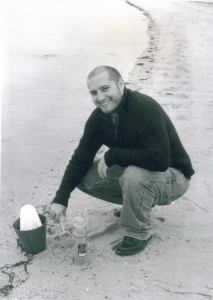
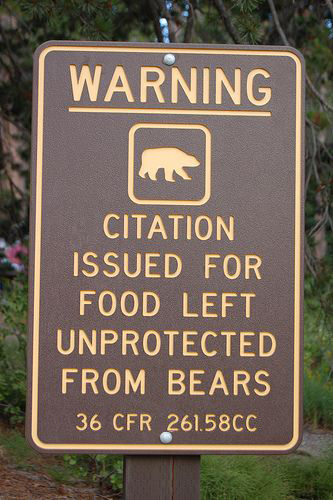
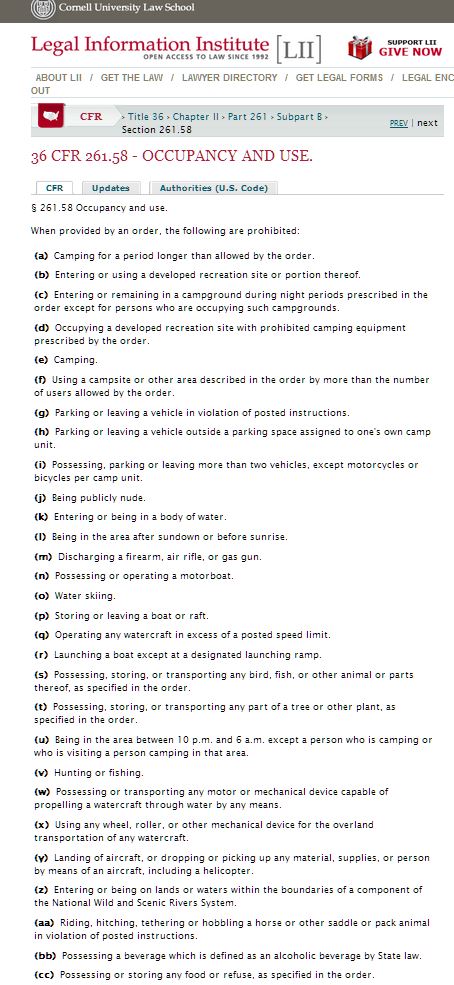
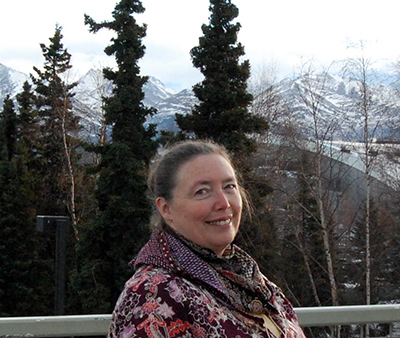 I graduated from the University of California Los Angeles with a BA in History, with quarters at Riverside and Berkeley. I wanted to study urban planning (living in southern California was a perfect illustration of the need for urban planning), and, until I took the LSAT, I never thought of going to law school. A friend’s dare (and offer to pay for the test) is what started my career – I did well enough that I thought, “Why not?”
I graduated from the University of California Los Angeles with a BA in History, with quarters at Riverside and Berkeley. I wanted to study urban planning (living in southern California was a perfect illustration of the need for urban planning), and, until I took the LSAT, I never thought of going to law school. A friend’s dare (and offer to pay for the test) is what started my career – I did well enough that I thought, “Why not?”